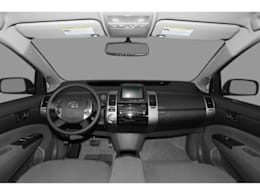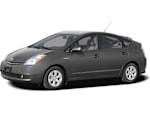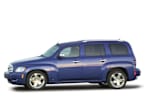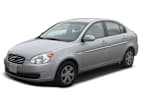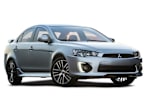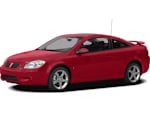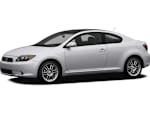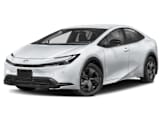While the previous generation Prius was an evolution of the second-generation car it replaced, the fourth-generation Prius was a revolution. The biggest advance was an incredible 52 mpg overall, brought by a new, larger, and more efficient engine. Styling became much more controversial; its practical effect was that the Prius sits lower than before, sacrificing some access, visibility, and rear seat space. Still, this small hatchback can provide the family-hauling space of most mid-sized sedans. Handling is more sure-footed and interior noise has been reduced. The interior doesn't feel as cheap as before, although some odd touches still remain, including some unconventional controls. 2017 brought standard forward collision warning and automatic emergency braking. All-wheel drive was offered for 2019. Updates for 2020 include standard Apple CarPlay—but still no Android Auto. For the model year 2021, the Toyota Safety Sense system was upgraded to TSS2.0. This suite of safety equipment includes forward collision warning, automatic emergency braking with low-light pedestrian and daytime bicyclist detection, lane departure warning and lane keeping assistance, automatic high beams and road sign assist. A version of lane keeping assistance (lane tracing assist) helps to keep the car in the center of the lane while the adaptive cruise control is being used. Adaptive cruise control is standard with the stop and go function. Blind spot warning and rear cross traffic warning are standard on all trims, except the LE Eco. Toyota’s rear seat reminder is now standard on all trim lines for 2022.



















